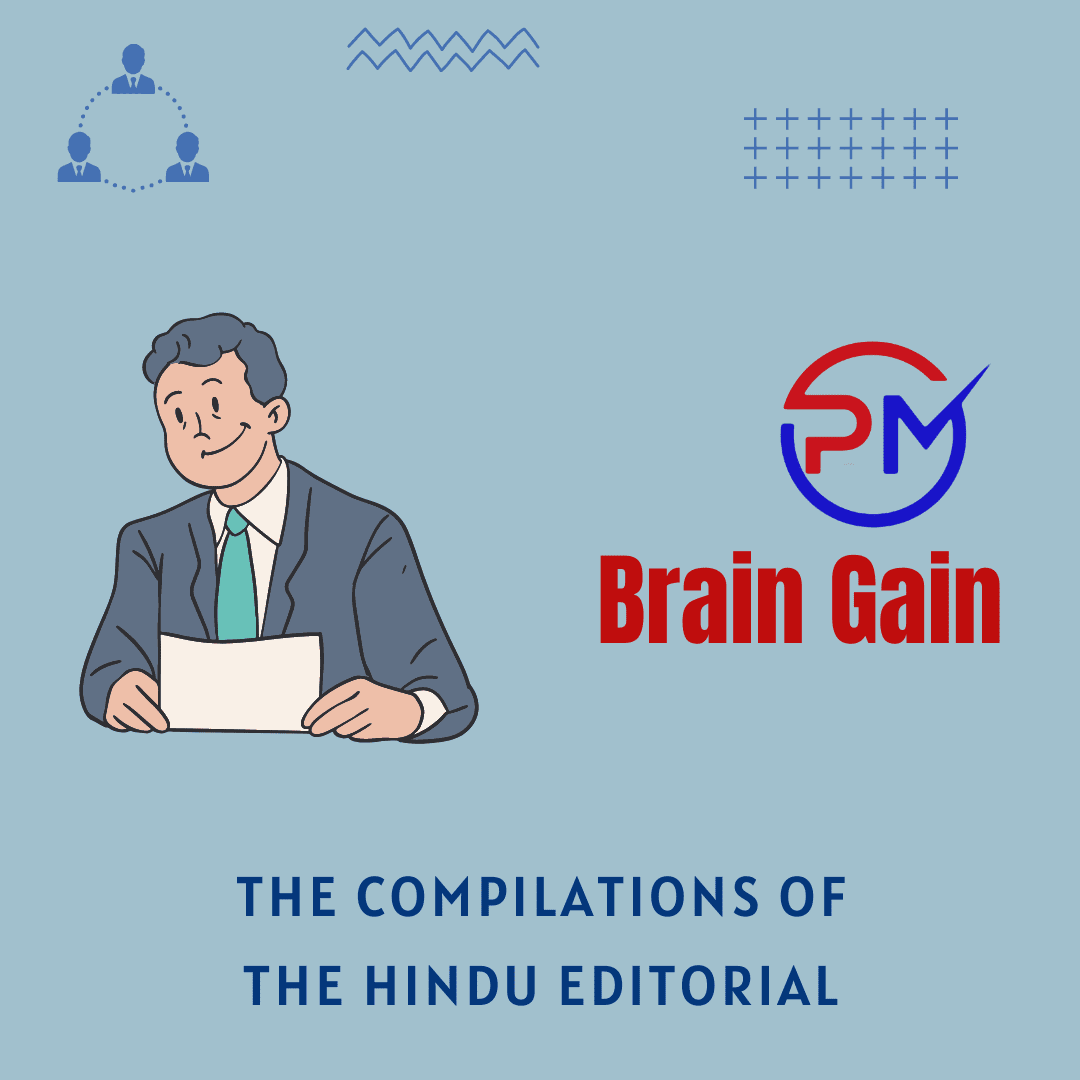Editorial 1: Drop the bad idea of simultaneous elections
Introduction
- In recent weeks, there has been increasing discussion about the possibility of having national and State elections at the same time, popularly known as ‘one nation, one election’.
The favoured Arguments
- The primary arguments in favour of simultaneous elections are twofold: first, that it will decrease the costs of conducting elections (and of electioneering); and second, that it will free up political parties from being in ‘permanent campaign mode’, and allow them to focus on governance for a five-year period.
Point and counterpoint
- Against this, critics have pointed out that when you crunch the numbers, the actual financial savings are relatively minuscule.
- Furthermore, it is a relatively recent pathology of the Indian political system that central government Ministers and politicians spend a significant amount of time campaigning in State elections.
- State elections should be primarily fought by State party units, while national politicians can get on with the task of governance.
- Furthermore the logistical nightmare of conducting simultaneous elections in a country of a little over 1.4 billion people, in a context where even State elections need to take place in multiple phases.
- The graver concern, is the incompatibility of a rigid election timetable with some of the fundamentals of parliamentary democracy: as is well-known, at the time of Independence, central and State elections were conducted simultaneously.
- This arrangement broke down towards the end of the 1960s because of the use of Article 356 of the Constitution, which authorises the Union to suspend (or even dismiss) State governments in a narrowly-defined range of circumstances.
- Consequently, it is obvious that even if, legally and practically, one is able to synchronise central and State elections for one cycle, this will break down the moment a government falls.
The possibility of more ‘horse-trading’
- The upshot of this is that there will be a strong push towards avoiding the fall of a government, even when it has lost the confidence of the House in the ordinary course of things.
- And, as we have seen in India, there is an almost institutionalised remedy for this: defections, or “horse-trading”.
- It is, by now, clear that the Tenth Schedule’s prohibition on horse-trading has been rendered more or less a dead letter, as politicians have found various ways to get around this.
- While these intractable issues speak to the implementation of simultaneous elections, at a deeper level, there are two principled and interrelated arguments against the idea: federalism and democracy.
Keeping absolute power in check
- A related point is that in our constitutional scheme, the federal structure is an important check upon the concentration of power.
- The federal structure, in turn, is sustained by a plurality of democratic contests, and a plurality of political outfits, at the State level.
- Simultaneous elections, for the reasons pointed out above, risk undermining that plurality, and risk precisely the kind of concentration of power that federalism is meant to be a bulwark against.
- Despite the ringing words with which the Preamble of the Constitution begins, the “People” have very little space in the Constitution, especially when it comes to exercising control over their representatives.
- Unlike many other Constitutions, where public participation in law-making is a guaranteed right, along with other rights such as the right to recall, in the Indian constitutional scheme, elections are the only form of public participation in the public sphere.
Way forward
- Therefore, it is clear that the administrative benefits from simultaneous elections are overstated at best, and non-existent at worst.
- However, the costs, both in the implementation and in the concept itself, are significant, and create non-trivial risks when it comes to protecting and preserving the federal and democratic design of the Constitution.
Editorial 2: Climate phenomena and food security
Context
- There has been a series of disruptive weather and climate phenomena in India this year, demonstrating the complexity of our precipitation system.
About
- There was the Western disturbance, which usually brings much-needed moisture from European seas to the western Himalaya and parts of northern India in the winter and spring.
- But this year, the Western disturbance lived up to its name and remained active late into the summer, snapping at the heels of the southwest monsoon.
- The widespread destruction of infrastructure and loss of life due to landslides and flooding in the western Himalaya and northern India raised concerns about the sustainability and resilience of our development projects in the mountains and floodplains.
An El Niño phase
- Climate-linked warming is likely to weaken winter precipitation from the Western disturbance and shift it to more intense rain events. If this happens later into the summer, its consequences will be of great concern.
- Moreover, then came evidence that an El Niño phase of the quasi-periodic El Niño Southern Oscillation (ENSO) — a phenomenon in the eastern and central tropical Pacific Ocean — was intensifying and likely to affect the southwest monsoon.
- When an El Niño affects the southwest monsoon, another ocean-atmosphere phenomenon in the Indian Ocean — called the positive-phase Indian Ocean Dipole (IOD) — could balance the consequences.
- Dynamic regression models have suggested that 65% of the inter-annual variability of the southwest monsoon, over many decades, can be attributed to the combined effects of ENSO and the IOD.
El Niño and food security
- Agriculture depends on two types of water — green water which is rain-fed soil moisture tapped by food and cash crops, eventually transpiring into the atmosphere and blue water which is the water in rivers, lakes, reservoirs, and groundwater.
- The latter is the basis for irrigation in agriculture, apart from drinking and industry use supply, and maintains ecological flows in rivers.
- The El Niño and other climate phenomena affect rainfed agriculture in many ways, from delaying the start of rains, and affecting sowing, to hot temperatures that may negatively influence plant growth and soil moisture.
- Despite investments in dams, reservoirs, and irrigation systems, around half of the cultivated area in India depends on green water, not blue water.
- Even in irrigated areas, many dominant crops require green water for different extents.
- Many staple crops like tur dal, soybean, groundnut, and maize also rely considerably on green water at this time.
The Response
- In terms of agriculture and food security, there is now an emphasis on reducing dependence on water-intensive crops, with millets being the crops of choice.
- Shifting to less water-intensive crops may reduce vulnerability of our food systems to phenomena like El Niño.
- There are several adaptations and alternative crop strategies available which include shifting to millets and alternative varieties of dominant cereals and advisories to farmers to switch to crops with shorter growing cycles.
- The government, both at the Centre and in the States, along with farmers, benefit from forecasts of phenomena like El Niño and their impact on the monsoon, and improvements in short-term weather forecasts and early warning systems for both intense rain and dry spells.
- Based on decades of experience, it is clear that alternative short-term and long-term management of our dams and reservoirs is required to reduce the risk of dam-based flood disasters and ecological damage to aquatic ecosystems.
Conclusion
- We should base our adaptation plans on the idea that current trends will continue. It’s possible that as warming increases, total rainfall in parts of India may increase but the share of extreme rain events may go up

